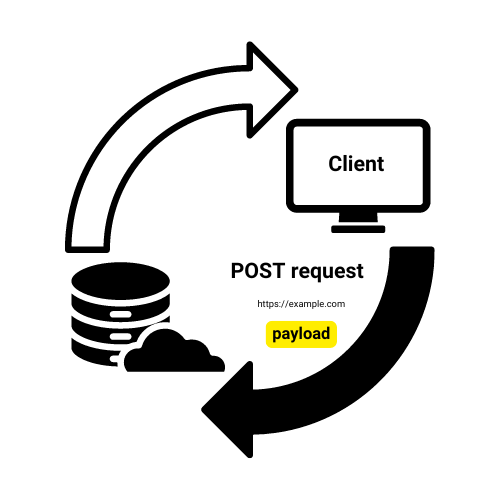GET and POST requests for AI
Deploying AI into Production with FastAPI

Matt Eckerle
Software and Data Engineering Leader
Our instructor

Matt Eckerle
- Software and Data Engineering Leader
- Enterprise Data Manager at Inari
- Using FastAPI for ML since 2019
Course overview
- FastAPI fundamentals
- Request handling and integration
- Input validation and security
- Create and maintain production-ready APIs

Before we start
✓ Basic Python: functions, classes, modules, data structures

Before we start
✓ Basic python: functions, classes, modules, data structures
✓ HTTP & REST API concepts

Before we start
✓ Basic Python: functions, classes, modules, data structures
✓ HTTP & REST API concepts
✓ Using the FastAPI framework
- Handling GET and POST requests
- Using Pydantic models
✓ Machine Learning basics

GET requests explained
- Used to retrieve data
- Path parameter - information in URL
- Doesn't change server state

GET https://example.com/?item_id=1

Implementing GET with path parameters
from fastapi import FastAPI
app = FastAPI()
@app.get("/item/{item_id}")
async def read_item(item_id: int):
return {"item_id": item_id}
- `@app.get` decorator defines endpoint.
{item_id}is a path parameter.- Type hint (
int) for auto validation.
POST requests explained
- Used to send data to server
- Data in request body (usually JSON)
- Can change server state

POST https://example.com

Implementing POST with JSON data
from fastapi import FastAPI from pydantic import BaseModel app = FastAPI() db = {}class Item(BaseModel): name: str price: float@app.post("/items", status_code=201)def create_item(item: Item): db[item.name] = item.model_dump() return {"message": f"Created {item.name}"}
- Pydantic model defines data structure
@app.postfor POST endpoint- Automatic JSON parsing and validation
HTTP status codes
- 200 OK: Default for success
- 404 Not Found: Resource not found
- 201 Success: Object created

Raising HTTP exceptions
from fastapi import FastAPI, HTTPException app = FastAPI() @app.get("/item/{item_id}") async def read_item(item_id: int): if item_id == 4242: #An invalid order number raise HTTPException(status_code=404, detail="Item not found") return {"item_id": item_id}@app.post("/items") async def create_item(item: Item): # Simulating item creation return {"message": f"Created {item.name}"}, 201
Let's practice!
Deploying AI into Production with FastAPI

